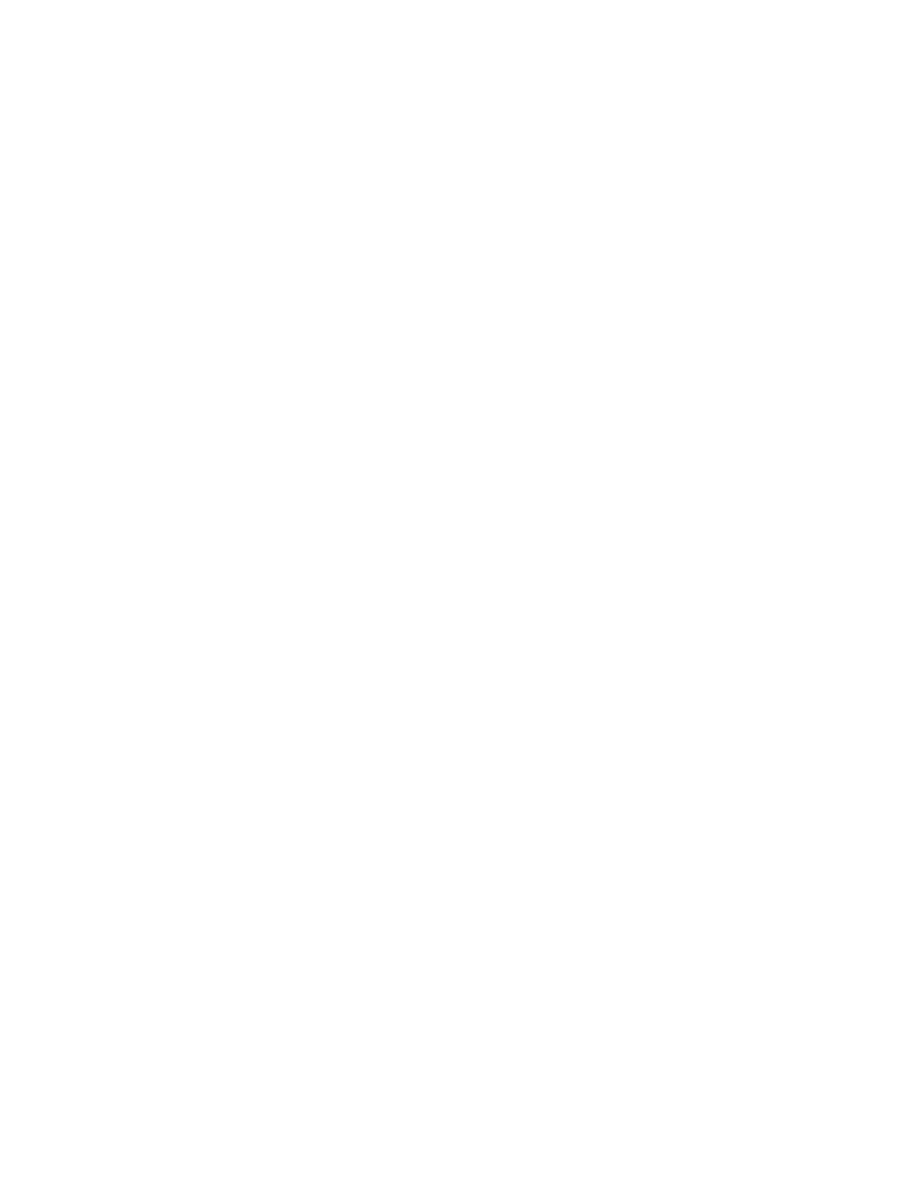
316
14 CFR Ch. I (1–1–19 Edition)
§ 25.963
the position that provides adequate
cooling in the hot-day condition.
(D) Engine operating within the max-
imum continuous power limitations.
(E) Maximum takeoff weight; and
(ii) For turbine engine powered air-
planes, the maximum airspeed estab-
lished for climbing from takeoff to the
maximum operating altitude.
(5) The fuel temperature must be at
least 110
°
F.
(b) The test prescribed in paragraph
(a) of this section may be performed in
flight or on the ground under closely
simulated flight conditions. If a flight
test is performed in weather cold
enough to interfere with the proper
conduct of the test, the fuel tank sur-
faces, fuel lines, and other fuel system
parts subject to cold air must be insu-
lated to simulate, insofar as prac-
ticable, flight in hot weather.
[Amdt. 25–11, 32 FR 6912, May 5, 1967, as
amended by Amdt. 25–57, 49 FR 6848, Feb. 23,
1984]
§ 25.963
Fuel tanks: general.
(a) Each fuel tank must be able to
withstand, without failure, the vibra-
tion, inertia, fluid, and structural loads
that it may be subjected to in oper-
ation.
(b) Flexible fuel tank liners must be
approved or must be shown to be suit-
able for the particular application.
(c) Integral fuel tanks must have fa-
cilities for interior inspection and re-
pair.
(d) Fuel tanks must, so far as it is
practicable, be designed, located, and
installed so that no fuel is released in
or near the fuselage, or near the en-
gines, in quantities that would con-
stitute a fire hazard in otherwise sur-
vivable emergency landing conditions,
and—
(1) Fuel tanks must be able to resist
rupture and retain fuel under ultimate
hydrostatic design conditions in which
the pressure P within the tank varies
in accordance with the formula:
P = K
r
gL
Where—
P = fuel pressure at each point within the
tank
r
= typical fuel density
g = acceleration due to gravity
L = a reference distance between the point of
pressure and the tank farthest boundary
in the direction of loading
K = 4.5 for the forward loading condition for
those parts of fuel tanks outside the fu-
selage pressure boundary
K = 9 for the forward loading condition for
those parts of fuel tanks within the fuse-
lage pressure boundary, or that form part
of the fuselage pressure boundary
K = 1.5 for the aft loading condition
K = 3.0 for the inboard and outboard loading
conditions for those parts of fuel tanks
within the fuselage pressure boundary, or
that form part of the fuselage pressure
boundary
K = 1.5 for the inboard and outboard loading
conditions for those parts of fuel tanks
outside the fuselage pressure boundary
K = 6 for the downward loading condition
K = 3 for the upward loading condition
(2) For those parts of wing fuel tanks
near the fuselage or near the engines,
the greater of the fuel pressures result-
ing from paragraphs (d)(2)(i) or (d)(2)(ii)
of this section must be used:
(i) The fuel pressures resulting from
paragraph (d)(1) of this section, and
(ii) The lesser of the two following
conditions:
(A) Fuel pressures resulting from the
accelerations specified in § 25.561(b)(3)
considering the fuel tank full of fuel at
maximum fuel density. Fuel pressures
based on the 9.0g forward acceleration
may be calculated using the fuel static
head equal to the streamwise local
chord of the tank. For inboard and out-
board conditions, an acceleration of
1.5g may be used in lieu of 3.0g as speci-
fied in § 25.561(b)(3).
(B) Fuel pressures resulting from the
accelerations as specified in
§ 25.561(b)(3) considering a fuel volume
beyond 85 percent of the maximum per-
missible volume in each tank using the
static head associated with the 85 per-
cent fuel level. A typical density of the
appropriate fuel may be used. For in-
board and outboard conditions, an ac-
celeration of 1.5g may be used in lieu of
3.0g as specified in § 25.561(b)(3).
(3) Fuel tank internal barriers and
baffles may be considered as solid
boundaries if shown to be effective in
limiting fuel flow.
(4) For each fuel tank and sur-
rounding airframe structure, the ef-
fects of crushing and scraping actions
with the ground must not cause the
spillage of enough fuel, or generate
VerDate Sep<11>2014
12:50 Apr 30, 2019
Jkt 247046
PO 00000
Frm 00326
Fmt 8010
Sfmt 8010
Y:\SGML\247046.XXX
247046
spaschal on DSK3GDR082PROD with CFR